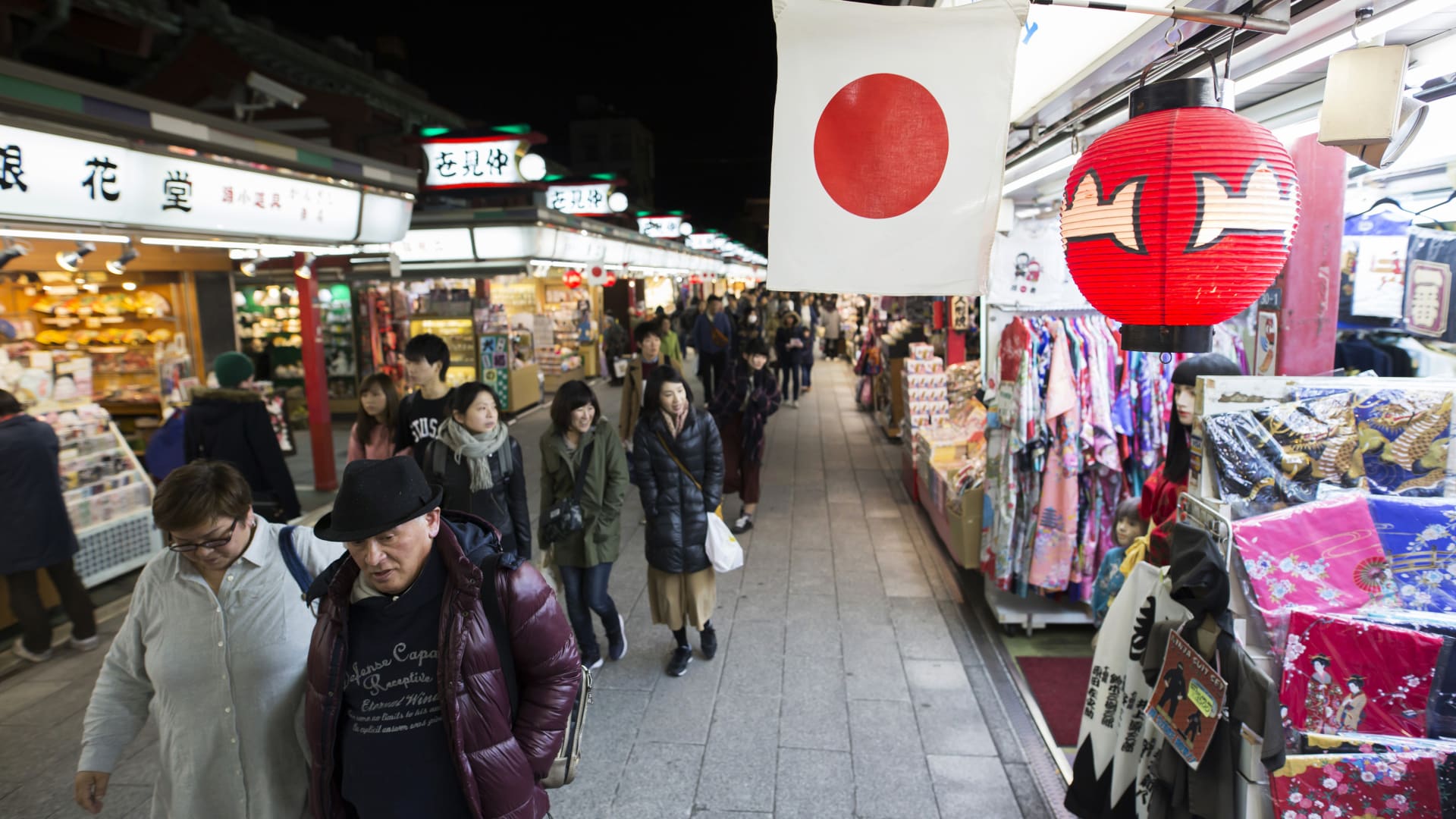circa 1969: Still-life of bundles of American paper currency. The bundles include five, ten, … [+]
Whether it’s actual inflation, or the kind of “inflation” that only economists and their media enablers tend to imagine it to be, a consensus invariably emerges that the Federal Reserve must “raise interest rates” to rein in the lending that has allegedly caused inflation. Translated, price controls from the Federal Reserve to supposedly bring down market prices. Don’t shoot the messenger.
The main thing is that if we ignore the overwhelming fatuity that informs the Fed’s inflation-fighting narrative, the benefit of doing so at least allows for more analysis of how the Fed is allegedly supposed to fight inflation: by restraining banks from making loans at such low rates of interest. The narrative implies that banks are being too “easy,” so the Fed will step in to bring public discipline (in the form of higher interest rates) to where it’s apparently lacking in private.
Except that banks, by virtue of being banks, can’t realistically be “easy” as is. They can’t simply because their loans must perform. Lacking equity in the loans they make, the only true equity banks can lay claim to is the interest paid on the loans they make. For banks to be “easy” or “careless” is for them to risk the franchise. They lend to those who can pay monies borrowed back.
Consider the pressure banks are under through the narrative of “low” interest rates. Supposedly “low” correlates with the impossibility that is “easy money” (see: power of compound returns), but such a view yet again imagines that banks have the incentive to blithely make loans at low rates of interest. More realistically, low rates charged on loans signal rising tightness from banks as they only make funds available to the surest of sure things. How else to lend so cheaply?
In a lending sense low rates of interest are paradoxically a sign of growing caution, or a movement away from risk as low-rate loans are made to the bluest of blue chips, or toward mortgages that bring with them a recoverable asset (the house itself) assuming borrower defaults. Conversely, high rates of interest charged logically signal a greater willingness to direct precious funds to higher risk, higher reward borrowers. Call higher rates of interest a sign of banks willing to pay more for deposits so that they can lend more aggressively at – yes – higher rates of interest. How else to lend so expensively other than to increase the risk on loans?
It’s just a comment that after ignoring the oddity of price controls as a solution for “inflation” as is, the Fed’s presumed tools for doing so run counter to what would cause banks to act with greater caution in the first place. Yet there’s more.
It’s so easily forgotten that banks earn dollars. This is important in light of the truth about actual inflation: it’s a function of a shrinking currency, or in our case, a shrinking dollar. Why then, would banks be a source of inflation that central banks must occasionally rein in? Why indeed.
Not only would banks have no incentive to devalue what they earn, it’s precisely because their “equity” is dollar income streams that they would be well ahead of central banks when it comes to adding on a premium to reflect currency devaluation. Put another way, when governments devalue (yes, actual inflation) banks are among the first to know. Only for them to adjust rates on loans accordingly. The Fed is utterly superfluous.
At the same time, the Fed’s superfluous nature on the matter of inflation is a reminder that governments, not banks, cause inflation given their economically bankrupt belief that devaluation of the dollars individuals and businesses earn is somehow good for the economy. Yes, government is charged with arresting the inflation that government causes. Once again, don’t shoot the messenger.





